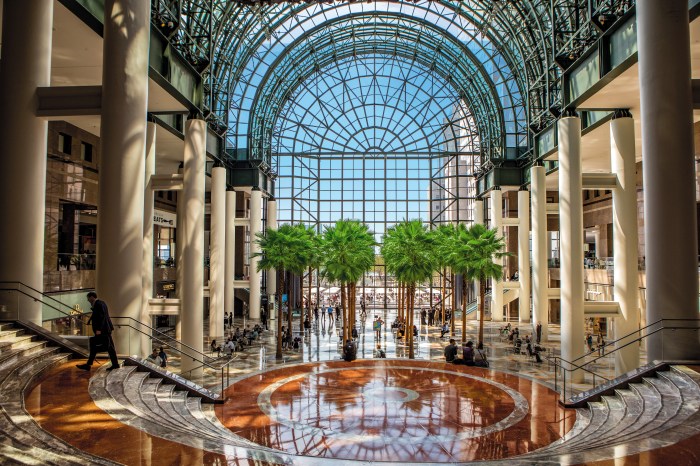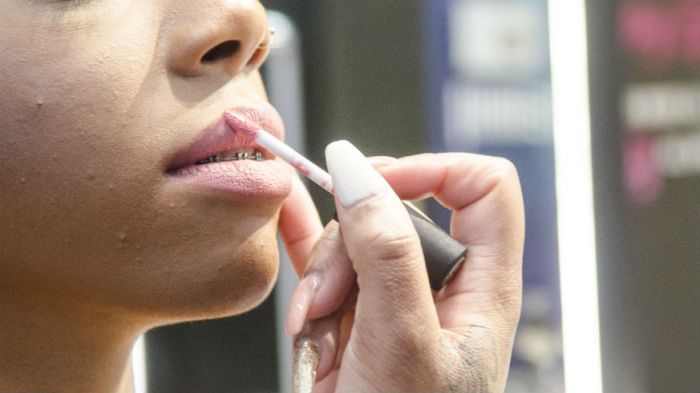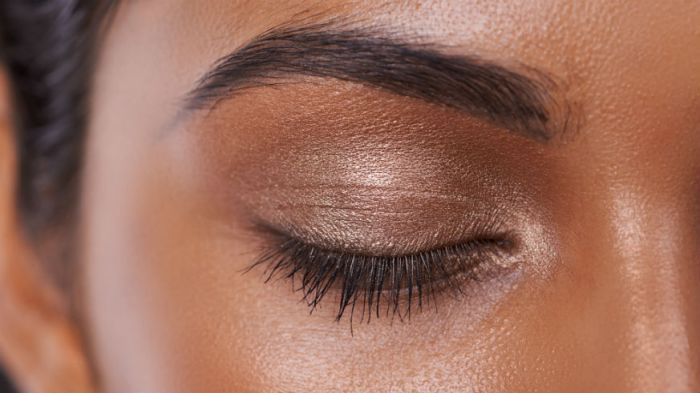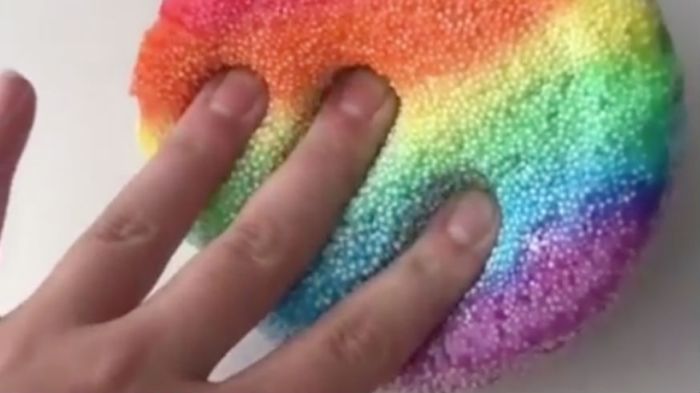Glitter catches our eye, adds glitz to anything and can glam up your look on a hot night out. It also gets stuck on everything and seemingly (like beach sand) never goes away, but that isn’t why researchers are suggesting a ban on glitter. Glitter does “terrible damage” to the environment, scientists say.
How is glitter made?
The sparkly (and diverse in use) unicorn blow is made when color is applied to a copolymer and covered with a plastic sheet known as Mylar, Mental Floss reported. When the sheet is fused, it is run through a rotary cutter. Although the size of the shimmery sprinkles can vary to suit different needs, when chopped into tiny sprinkle-ready bits, it’s considered a microplastic.
What does glitter do to the environment?
“While glitter is only a small part of the microplastic load getting into watercourses and the sea, steps like these will all add up to something greater,” Sue Kinsey from the Marine Conservation Society said, the BBC reported.
There are an estimated 46,000 pieces of plastic waste per square mile of ocean, according to the United Nations. Microplastics account for 92.4 percent of the floating plastic. The UN’s environmental agency (UNEP) said plastic waste enters the food chain and the shimmery stuff attracts fish and other marine life that think glitter looks like a tasty treat.
A 2012 study from Plymouth University in the United Kingdom found that one in three fish caught in Great Britain ingested the shimmery plastics. The study looked at 10 species of fish, including mackerel and zooplankton, and found that some species end up preferring plastics to their typical diet.
Remember when cosmetics and washes for various body parts had microbeads? Congress passed a law to stop the manufacturing and distribution of microbeads. As two of the most glitter-fied holidays near, will the “herpes of the craft world” (as New York publicist Melissa Vitale calls the sprinkles that just.won’t.go.away) meet the same fate?
You can unclutch your pearls. There are eco-friendly options to feed the KWEEN in all of us. There are some biodegradable options that aren’t as bad as their plastic cousins with some companies using eucalyptus extract.
“A lot of people think that the glitter wouldn’t be as durable because it’s biodegradable,” British scientist Stephen Cotton told the BBC. “It feels softer because there aren’t harsh plastics used in the process but it’s not like it will melt off your face at a festival.”
That’s a sigh of relief followed by a YAS!

























